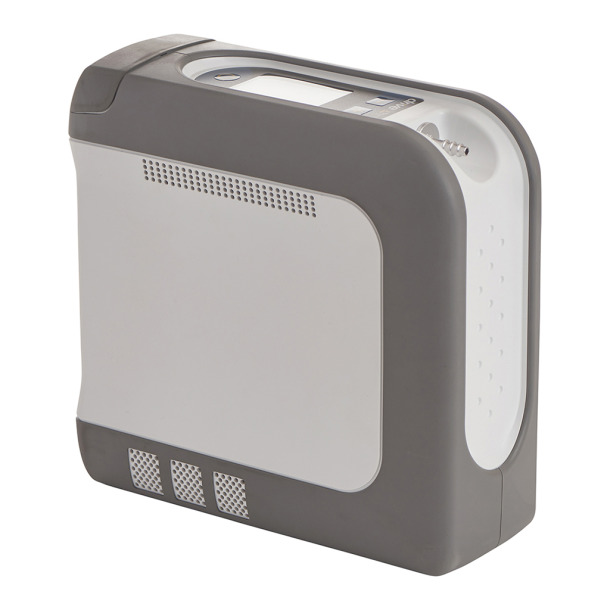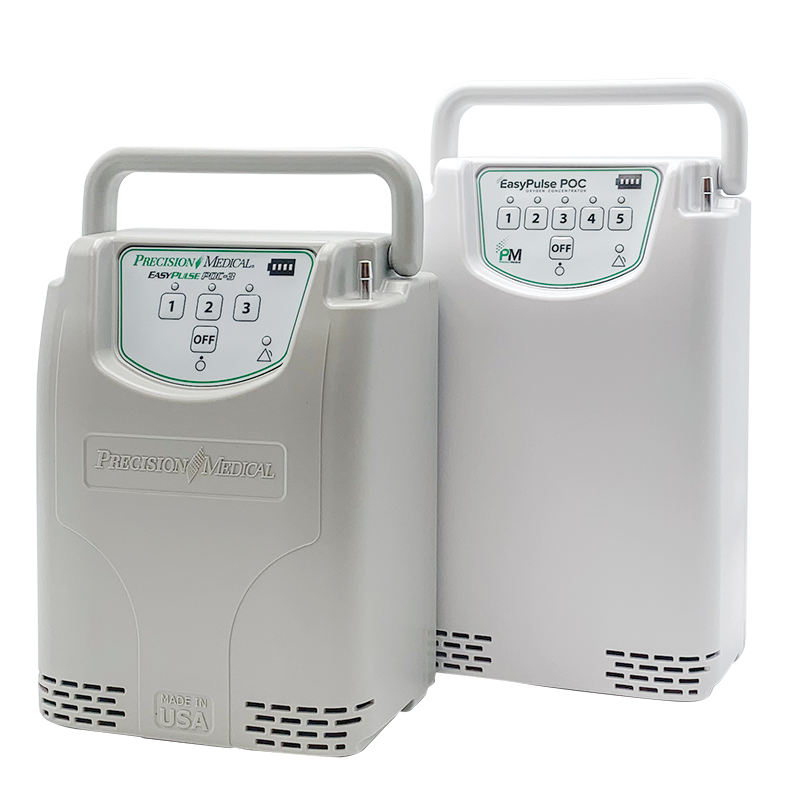Portable Oxygen Concentrators Fundamentals Explained
Wiki Article
Some Known Details About Portable Oxygen Concentrators
Table of ContentsThe Main Principles Of Portable Oxygen Concentrators The Ultimate Guide To Portable Oxygen ConcentratorsFacts About Portable Oxygen Concentrators Uncovered10 Simple Techniques For Portable Oxygen Concentrators
Stationary oxygen concentrators were when the requirement, but these storage tanks might weigh 50 extra pounds and were very difficult (Portable Oxygen Concentrators). Now, portable oxygen concentrators do the job, and they can suit a bag or purse! The only thing you need to remember is that portable concentrators have much more minimal oxygen distribution capabilitiesThere are 2 major sorts of mobile oxygen concentrators: pulse dose and continuous flow. As the name suggests, pulse dosage concentrators supply oxygen periodically, just turning on when you inhale. This kind of gadget is normally recommended for COPD patients with restricted oxygen requirements, as the amount of O2 that a pulse dosage concentrator can deliver is reasonably reduced.
This gadget can supply up to 3,000 m, L of oxygen every minute, while pulse dosage gadgets have a tendency to cover out at 1250 m, L. Continual circulation tools are the go-to for many COPD people, as they're excellent for individuals that require 2 to five litres of oxygen a min.
Since you have this guide to the different sorts of mobile oxygen devices, choose the very best gadget with the help of your medical professional. You can discover our blog sites to get more information regarding the kinds of portable oxygen readily available and our various other items, like tubes and cannulas. Or you can contact us directly with any kind of certain questions you may have.
Not known Incorrect Statements About Portable Oxygen Concentrators
We asked yourself just how well these portable oxygen concentrators would function in hospitals. POC concentrators boost the proportion of oxygen in ambient air individuals breathe in, whenever they need an increase.When it pertains to mobile oxygen therapy, there are 2 primary options for delivery. These are mobile oxygen cyndrical tubes which contain compressed oxygen gas, or oxygen concentrators, which utilize a battery powered system to press and filter air, in order to create a consistent supply of concentrated oxygen. In this message, AMS Composite Cylinders Technical Director, Tony Morrin, compares both, taking a look at the pros and cons of each oxygen delivery system for NHS medical oxygen individuals in regards to person autonomy.

Portable Oxygen Concentrator Oxygen purity is regularly higher when supplied from cyndrical tubes it never drops below 99. 6%, despite the flow rate required. In battery-powered concentrators, pureness is influenced by circulation rate, and might be 90% or less, depending on the equipment. Whilst oxygen concentrators can be useful for people that need a lower flow of oxygen, cylinders supply higher concentrations that can be much more appropriate for people with high circulation requirements.
Not known Facts About Portable Oxygen Concentrators
Both systems need the patient to bring about tools. For cyndrical tubes, this will certainly consist of carrying a bag (and periodically website link a trolley) and for portable oxygen concentrators this will consist of the bag, trolley and power battery charger. Weight smart, mobile oxygen concentrators can be equivalent in weight, or occasionally, lighter than traditional aluminium cyndrical tube systems.
They will have to improve significantly if they are to give the exact same level of performance as equivalent composite cylinders. Oxygen constantly carries a security danger. On one hand, should cylinders spring a leak, they can produce an oxygen abundant setting that might bring about a boost in fire threat.

The difference is that there are considerable why not try here ahead of time expenses to purchasing a mobile oxygen concentrator, however reduced running prices making use of cylinders makes it possible for the purchaser to spread the price over an extended amount of time. One minor drawback of a portable oxygen concentrator is the noise portable systems make a substantial quantity of sound during operation, which numerous basics patients discover disruptive.
Get This Report on Portable Oxygen Concentrators

Our high-grade carbon composite cylinders offer high pressure (300 Bar), reduced weight, and NLL (Non-Limited Life) performance, and are approved for usage worldwide. More info regarding AMS Composite Cylinders Ltd can be discovered at .
Oxygen concentrators are designed with user flexibility in mind. Whether it's a desktop computer version for home use or a smaller sized, lightweight version for on-the-go, these tools permit clients to relocate openly without being tethered to a fixed unit. Especially for the ones especially made for mobility, individuals can bring them around, promoting traveling and daily activities easily.
Among the major eases of using an oxygen concentrator is the removal of the regular requirement to replenish oxygen storage tanks. This not only reduces the logistical obstacles and reoccurring costs related to refills but also guarantees that the user has a more foreseeable and consistent source of oxygen. Oxygen concentrators are designed to fit effortlessly into the home atmosphere.
Report this wiki page